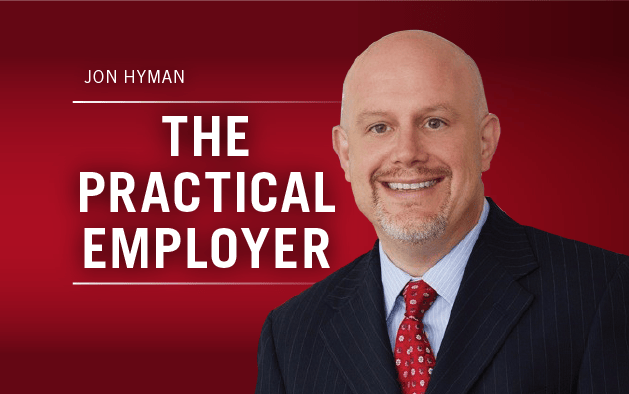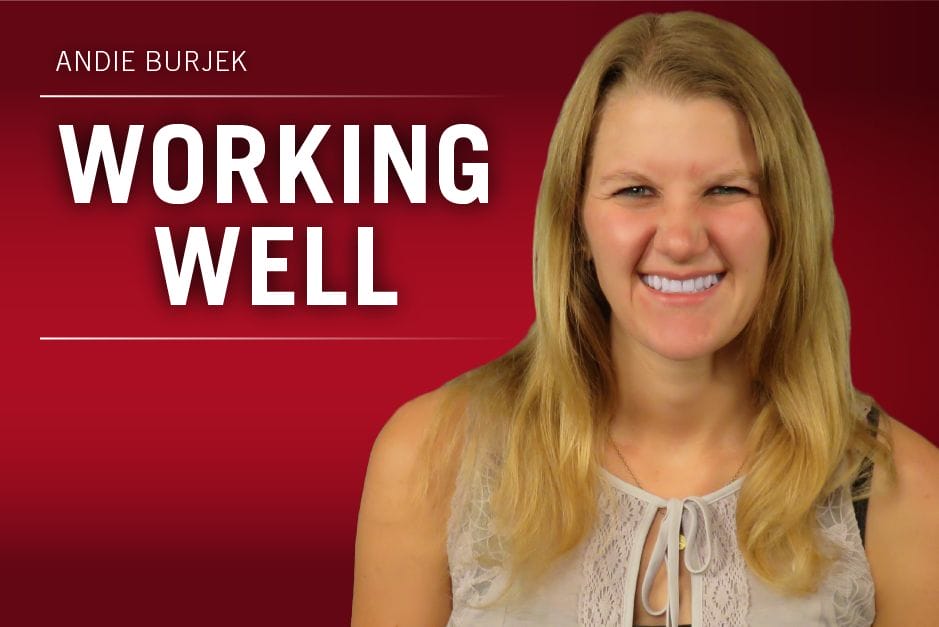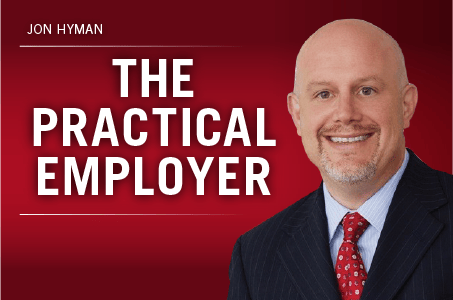I get it. You’re an HR manager/director and you’re wondering if you’re on track to take the big chair in HR in the next decade. As luck would have it, I’m equipped with a crystal ball and the right amount of confidence/swagger to predict your future. Lucky you!
The world is changing, and the people paying the bills want different things from HR. Here are five things to look at to examine and determine if you’ve got what it takes to lead an HR team and be a viable partner to the business leaders who will hire you in 2024. Remember, I’m talking about leading HR, not being a part of an HR team. I’m also providing a road map of what the 2024 HR leader looks like behaviorally — I’m assuming you’ve got the technical skills to do the job.
Let’s go to the list:
- You’ve got a world-class processor upstairs. This means you’re better than most at taking large amounts of information and making quick, accurate decisions. It’s OK to take your time in other roles, but as a future HR leader, you’ll be expected to be as quick as the strategy person with your opinions and proposed solutions.
- You’re as assertive as the salespeople in your organization. Great HR people have always needed to be assertive, but the need for comfort with confrontation continues to escalate. Chaos is everywhere, and if you’re going to operate efficiently, you’re going to need mix it up on a daily basis. You can be professional and still challenge others who are trying to play you, your department or your company.
- A comfort with no rules at all. HR people have always been good at creating structure, but HR leaders are increasingly being asked to value structure less as we get deeper into this century. You’ll find that as you create your HR team, it’s easy to find HR people to help you execute structured solutions. It’s harder to find HR people that don’t want anything to do with the operations manual and instead want to develop the best solution for the situation at hand. Things change too rapidly these days for the old status quo to stick. High challenge, low rules and slightly ADHD HR leaders are on the rise.
- You are organized enough at the leadership level to execute. Many of you would guess that low rules in turn means low details. The reality is that detail orientation exists outside of rules orientation, and low rules with mid to high level detail orientation is a very hot profile across executives of all types — including HR. Low rules/high details means you have the ability to dream AND to execute.
- You’ve got skin like a fat, old rhino. If you match this need for low sensitivity, when you receive bad news or the rare glimmer of negative feedback, you’re down for about 30 seconds, then you recover and move on. Companies are increasingly looking for HR leaders who aren’t afraid to fail. Failure is a necessary byproduct of attempting to add value. Safe sucks increasingly these days.
Want an easy way to score it? Say “yes” or “no” to whether you really deliver each of these five features, add up the yes votes and use this key to score where you are:
+5 — Welcome to the club. If you are who you say you are, I’d like your résumé for my clients, even if you’re 28 years old.
+4 — Yes, please. You missed on one thing: You’re still a player.
+3 — I’m going to call you an HR citizen. Good enough to get what the business line owners are talking about. Missing a DNA strand or two, but serviceable. You’re probably going to be working for someone younger than you by 2024, but that’s OK because you’ll add value and they’ll still depend on you.
+2 — The world needs ditch-diggers, too. There’s still something for you to do in most HR departments with any size, but it’s not leading the function. You’re good enough, you’re smart enough and gosh darn it, people like you. But you’re going to cap out at the manager level.
+1 — Darwin called. He said the kids these days are growing the HR equivalent of opposable thumbs, and I don’t see any thumb buds on the sides of your hand stumps. Too bad.
That’s my list of the behavioral traits I see in play as we move toward the next decade. Will there still be +1 and +2 HR leaders? Yes.
Will the replacements for those leaders look like their predecessors? My intel says no way.
Kris Dunn, the chief human resources officer at Kinetix, is a Workforce contributing editor. Comment below or email editors@workforce.com.










